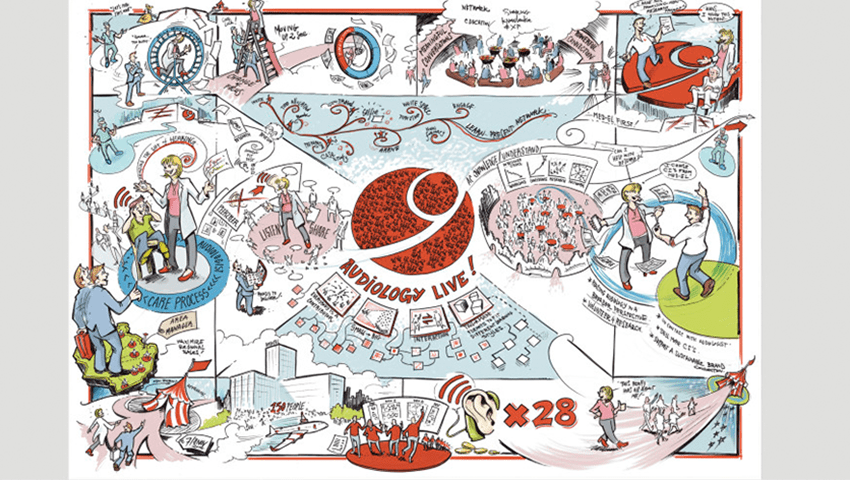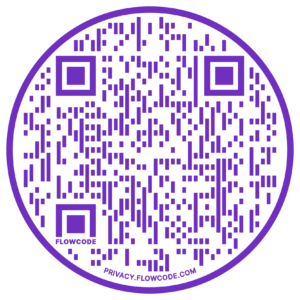Intention guides tools for effective hybrid engagement
It’s an extremely rare occasion when you can throw technology at a problem and immediately solve it. After all, what is “technology”? By most definitions, it’s the practical application of scientific knowledge, but in most cases, it presents itself in the form of a tool. The Internet started as a tool for exchanging information and ideas and has evolved into much, much more.
Our phones are tools for communications, accessing and storing information, taking pictures, and recording video. Our cars are tools for getting us from place to place. These tools can’t do the job without us, though. Even the most advanced AI still requires a little human input and curation of the results.
So, it continues to confound me the number of times we still see planners trying to “create engagement” or “deliver ROI” to their attendees and stakeholders by simply buying the latest and greatest Event App or Audience Engagement Activity—and then being shocked when nobody uses it. That’s because you can’t buy engagement, it has to be baked into your event at the design stage.
A Long Time Ago, in a Hybrid Event…
I first met Ruud Janssen over a decade ago as one of the pioneering event professionals experimenting with this new event format called “hybrid events.” He was definitely one of those folks I could easily spend hours talking shop with, and his enthusiasm for creating amazing events was infectious. The early work he and others did in that time established many of the best practices for online, hybrid and multihub meetings and events that still stand today.
A couple of years later, Ruud was passing through Minneapolis and we met for a quick drink downtown. It was there, literally on the back of a napkin, that he showed me the groundwork for what he and his business partner Roel Frissen were working on. It was something that might be of even greater impact than their work on hybrid events and arguably may become their legacy in the industry: Event Design Canvas.
Read More: Virtual and Hybrid Meeting Tech Updates You Need Now
All the World’s a Canvas
The EDC is an easy-to-understand, yet surprisingly intricate and detailed way of mapping the journey of stakeholders before, during, and after an event.
“It’s a visual chart with elements describing an event’s promise, how it helps stakeholders to get their jobs done, resolving pains and creating gains within a set framework of commitment and expected return.”
– The Event Design Collective
While similar graphical templates were in use for describing and developing business models, Janssen and Frissen modified it extensively to create EDC, which is licensed under Creative Commons and available free to download. That was just the beginning, though.
Roel and Janssen, through their consultancy, Event Design Collective, created training programs, easy-to-use facilitation packages and provided textbooks to help people get the most out of the EDC. From there, they created the Certified Event Designer certificate program, which has now graduated thousands of CEDs. In January of 2019, Caesars Entertainment announced that it would partner with Event Design Collective to certify an additional 1,000 event professionals as CEDs in the next two years. Of course, the story doesn’t end there.
EDC Returns for an Encore

On April 14, 2022, Event Design Collective announced a partnership with Encore, arguably one of the largest audiovisual and event technology providers in the world (after merging with PSAV several years ago).
From the press release:
“Through this partnership, Encore continues to expand its end-to-end solutions to help its customers meet their most critical objectives by developing and planning event experiences with purpose. In an ever-changing event landscape, event owners are faced with the need for change, and event teams are challenged to implement that change.”
Why would an AV and technology company want to partner with a design consultancy and training firm? Because technology without intentional design behind it is just technology for the sake of technology. “Intentional Design” is a phrase I love, and it’s the title of a book by another amazing event professional, Tahira Endean, who’s both a CMP and a CED (and most of the other letters in the alphabet as well) so she’s quite familiar with the Design Canvas.
You, as the event designer, have to know why you’re using technology the way you are, what problem is it going to solve, or what pain point will it help make go away.
There and Back Again
Read More: From Planners to Producers: Tech Tips for Virtual Event Success
Which, of course, brings us full circle. I still get asked all the time to recommend “engagement apps” or services, or even my Most Asked Question of 2020, “What online event platform should I use?” and I invariably respond by asking, “What are you trying to achieve? What are your goals and objectives?”
Because once again, you can’t buy engagement, and the most amazing online event platform in the world can’t overcome a poorly designed event agenda. In many ways, I look back fondly on the days when I first met Ruud, when there were only a handful of players in the online events market. By not having to worry about which of the now over a hundred online event platforms that are out there we were going to use, it allowed us to focus on the experience of our audience members, both in the room and remotely accessing the event.
We learned that you shouldn’t undervalue the importance of a good facilitator at your event. If you have no additional engagement tech in play, they can still keep an audience attentive and engaged. But if you do have audience response technology or gamification involved, they’re going to be the ones that help explain it to your attendees, get them hyped, and encourage them to use it. Just telling your presenters that you have polling and Q&A “available” doesn’t mean they have to, or will, use it. If they know it’s going to be used throughout the event, they’re more likely to feel the pressure to use it as well.
So as you’re making your event technology choices, think about that phrase “intentional design,” and consider using tools like the Event Design Canvas. Have a reason for everything you do from a technology standpoint, and know exactly how it’s intended to impact the experience of all your stakeholders.
 Read more event tech tips in our Smart Meetings Event Technology Resource Guide.
Read more event tech tips in our Smart Meetings Event Technology Resource Guide.This article appears in the June 2022 issue.




